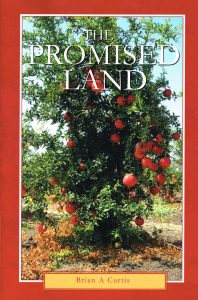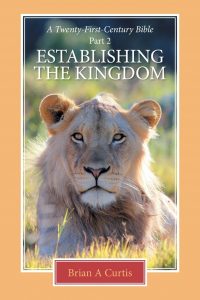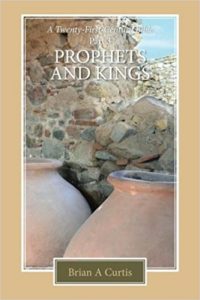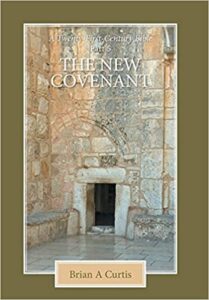A Twenty-First-Century Bible
For many people the Bible is the word of God. But that does not necessarily make it an easy book to read or understand. The culture and practices of the time, and the way the books are presented, can be real stumbling blocks to reading and understanding its message.
The concept behind A Twenty-First Century Bible is to recognise the difficulties that readers’ face, and to present the Bible in a new and, perhaps, more readable way.
The principles behind each volume are:
To rearrange the narrative of the Bible into some sort of logical historical order; to merge together two or more versions of the same story; to provide explanatory comments interwoven into the text (in italics) – to help the reader understand the culture and thinking behind the events; to iron out some of the anomalies in the original text; to reinstate cultural aspects of biblical thinking, which have been obscured in modern translations; to retain, as much as possible, the full text of the Bible; and to use shorter sentences so that the narrative can be more easily read.
The five volumes are:
1. The Promised Land – from Abraham to Joshua;
2. Establishing the Kingdom – from the Judges to Solomon;
3. Prophets and Kings – from the division of the kingdom to the destruction of Jerusalem;
4. Exile and Restoration – from Babylon to the return of God’s people to Israel; and
5. The New Covenant – from the birth of Jesus to apostle John’s revelation on Patmos.





